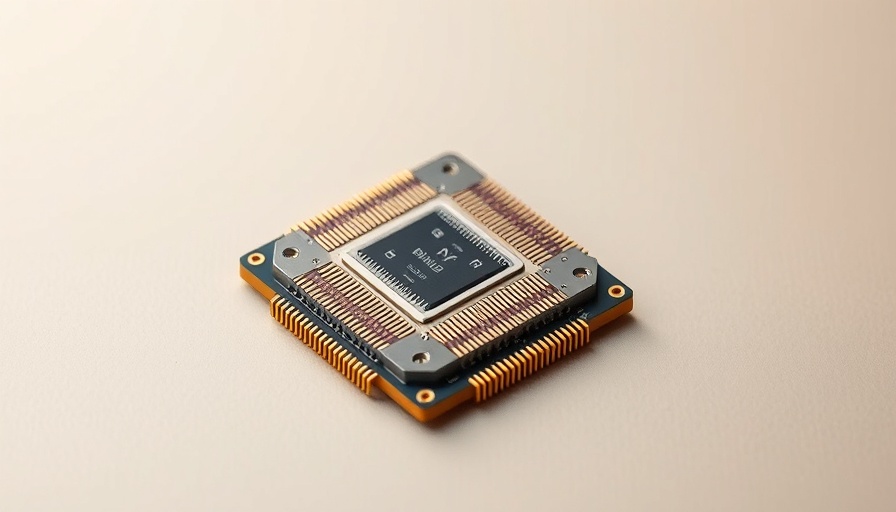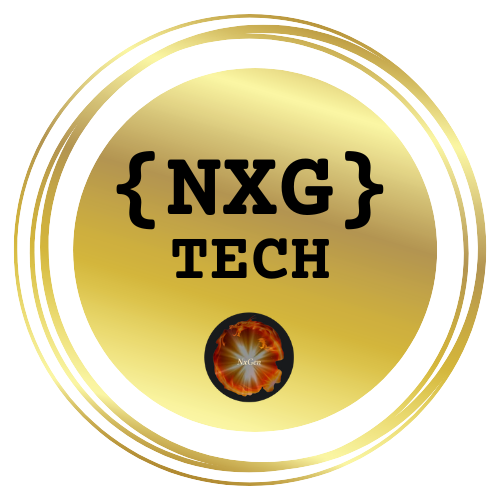
The Dawn of Topological Qubits: A Game-Changer for Quantum Computing
Microsoft has recently unveiled its Majorana 1 processor, which promises to revolutionize quantum computing with its groundbreaking approach utilizing topological qubits. Unlike traditional quantum bits, which are notoriously delicate and susceptible to errors, topological qubits are designed to hold quantum information more stably, marking a significant stride toward practical applications of quantum technology.
Exploring the Unique Properties of Majorana Qubits
What sets Microsoft’s approach apart is its use of Majorana particles, a type of exotic matter theorized over eighty years ago. These particles allow for the construction of qubits that can be measured with minimal error and are highly resistant to environmental disturbances. In this way, Majorana 1 could feasibly scale quantum computing to meet real-world challenges, potentially negotiating issues like the breakdown of microplastics or the creation of self-healing materials.
A Revolutionary Step in Quantum Architecture
This transformative leap leverages a new class of materials known as topoconductors. These materials not only facilitate the storage of quantum information but also enhance the reliability of quantum computations through hardware-protected topological properties. As explained by Chetan Nayak, Microsoft’s technical fellow, the architecture is akin to inventing the transistor in the quantum age, signifying a new frontier in computational technology.
Applications Shaping Our Future
The implications of a million-qubit processor extend far beyond theoretical interest. With capabilities far exceeding today’s supercomputers, such technology could enable accurate simulations of complex chemical reactions and molecular interactions, presenting new solutions to age-old problems in industries ranging from agriculture to pharmaceuticals. The combination of quantum computing and AI promises a future where designing innovative materials or efficient catalysts could happen in mere moments rather than years of trial and error.
The Road Ahead: Overcoming Challenges
Despite the promising developments, the path to realizing the full potential of Majorana 1 isn’t without challenges. While the initial results are impressive, many hurdles still lie ahead. Independent verification of the claims made by Microsoft and ensuring the robustness of the system will be critical steps forward. However, the company's engagement with the Defense Advanced Research Projects Agency (DARPA) for the Utility-Scale Quantum Computing program illustrates the commitment to overcoming these challenges.
A Call to Quantum Enthusiasts and Researchers
As these advancements continue to unfold, the excitement surrounding quantum computing is palpable. Researchers, technologists, and enthusiasts alike are encouraged to stay informed and engaged with these transformative changes in the quantum landscape. The understanding and potential applications of quantum technology are expanding rapidly, and those who participate in this journey may very well shape the future of technology.
 Add Row
Add Row  Add
Add 




Write A Comment